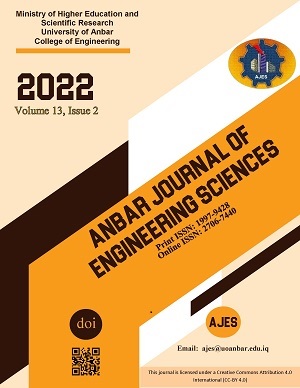Abstract
Recently, the sustainability issue has become crucial to operation, which motivates researchers to search for naturally generated, sustainable materials, especially in automotive applications outside of reduced prices and enhanced performance. Glass-linen/Polyvinyl Butyral hybrid composites' mechanical characteristics were examined in relation to the effect of linen fiber loading. The composite and hybrid composite samples of linen/glass fiber reinforced PVB film were created using a hot press with various layering patterns. The results were high impact values with increased both tensile and flexural strength values. Compared to other hybrid composites, the mechanical behaviors of the H1 (Glass / Linen) hybrid have a greater tensile strength measuring 401.30 MPa, while, H2 (Glass / Linen/ Glass) hybrids are found to have the highest flexural strength, measuring 160.80 MPa. An optical and scanning electron microscope morphological analysis on linen hybrid composites revealed good results. This indicated decreased rates of delamination between the fibers and matrix layers. The loading of the fibers was shown to have varying effects on the composite's mechanical behaviors. The linen/glass composites also demonstrated strong interfacial adhesion, which enabled the PVB-phenolic resin to penetrate the fiber bundles and produce a matrix with the good interlocking of the fibers

